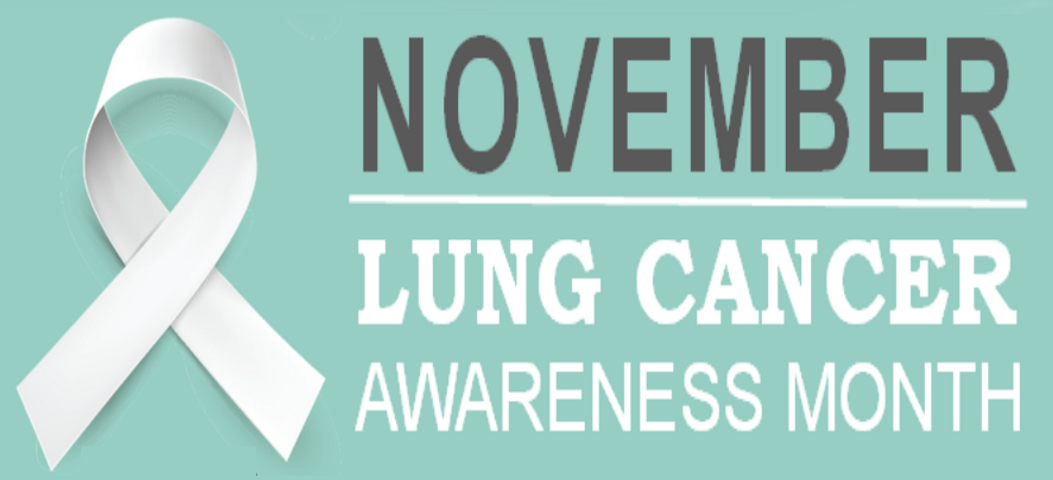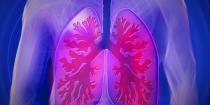November is Lung Cancer Awareness Month – Good Time to Learn About Radon

Smoking is the leading cause of lung cancer in the United States—with lung cancer due to radon gas being second. Individuals who are exposed to elevated levels of radon gas in their homes are at risk for lung cancer. In consideration of Lung Cancer Awareness Month this November, A to Z Radon Solutions, a division of Z&H Enterprises, encourages consumers to get their property tested for radon to ensure risk to the occupants is minimized.
How Can Radon Cause Cancer?
Radon is a natural occurring, radioactive gas produced through the breakdown of uranium in the soil. Although the gas is present everywhere in the air we breathe, it can become more hazardous if it makes its way  into the home, where the gas can become more concentrated. Breathing air containing elevated levels of radon gas results in a larger amount of the gas becoming trapped within a person’s lungs. This, in turn, increases the risk of developing lung cancer as more of the radioactive components are in contact with cells in the lining of the lungs.
into the home, where the gas can become more concentrated. Breathing air containing elevated levels of radon gas results in a larger amount of the gas becoming trapped within a person’s lungs. This, in turn, increases the risk of developing lung cancer as more of the radioactive components are in contact with cells in the lining of the lungs.
How Do I Know Whether My Home Is Adversely Affected?
As a tasteless and odorless gas, radon can only be detected with the help of special testing equipment. Radon professionals have the equipment needed to conduct such testing or you can purchase a short-term radon testing kit to determine current levels of exposure. Since radon levels can fluctuate depending on environmental/climate conditions, a long-term test (90 days to one year) can be used to provide testing over an extended period of time.
How Often do I Need to Retest My Home?
Since the structural conditions of your home can change, usually due to settling over time, the EPA recommends that homes be retested every 2 years to ensure radon levels have not increased. Retesting should also be done whenever significant renovations to the lowest level of the home is completed or following significant changes to the furnace or A/C systems, as updates to your home’s structure and/or HVAC systems can impact how much gas seeps into the living areas of the home.
What Can Be Done to Address Elevated Readings?
With help from radon mitigation professionals, correcting high gas levels in your home is reasonably straight forward and not very costly. For example, caulking cracks/openings in the floor and walls might be all that is needed to block incoming radon gas. Or, a radon mitigation system with a specially designed exhaust fan and piping can be installed to lower the amount of radon gas that enters the home.
Determining if your home is contributing to your risk of developing lung cancer doesn’t have to be expensive. A to Z Radon Solutions, a division of Z&H Enterprises, offers a few different radon testing options. Between November 1, 2017, and January 31, 2018, radon testing is being performed for $50 or less. They also provide comprehensive, affordable radon mitigation services in Lincoln and surrounding areas in NE, to help lower your family’s safety risk due to radon gas. You can learn more about these options online or call (402) 742-5806 to ask about current deals.
About the Business
Have a question? Ask the experts!
Send your question

